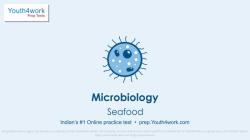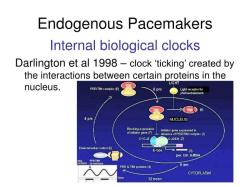What is the correction factor for DO depletion?
Correction factor for Dissolved Oxygen (DO) depletion is an important consideration in water quality analysis, particularly in the context of BOD (Biochemical Oxygen Demand) tests. The correction factor helps to account for the decrease in DO levels that occur during the incubation period of the BOD test, where microorganisms consume oxygen as they degrade organic matter. Understanding and applying the correction factor is essential for accurately interpreting BOD results and assessing water pollution levels.
Key Concepts:
BOD Test Incubation: In a BOD test, a water sample is incubated for a specific period (usually 5 days) to allow microorganisms to consume the organic matter present in the sample. As microorganisms consume oxygen, the DO levels in the sample decrease.
Correction Factor: The correction factor is a multiplier used to adjust the initial DO concentration in the sample to account for the decrease due to microbial consumption during incubation.
Depletion of DO: During the incubation period, the DO levels in the sample can decrease significantly. The correction factor helps estimate the actual DO concentration at the start of the test, before microbial activity.
Calculation of Correction Factor:
The correction factor can be calculated using the following formula:
Correction Factor (CF) = Initial DO concentration / Final DO concentration
Where:
- CF is the correction factor.
- Initial DO concentration is the DO level in the sample at the start of the test (before incubation).
- Final DO concentration is the DO level in the sample at the end of the incubation period.
Application of Correction Factor:
To calculate the BOD of the sample with the correction factor applied:
Corrected BOD = Measured BOD x CF
Where:
- Corrected BOD is the BOD value adjusted for the correction factor.
- Measured BOD is the BOD value calculated from the test.
- CF is the correction factor.
Significance:
Applying the correction factor is crucial because it provides a more accurate representation of the actual BOD in the sample, accounting for the reduction in DO caused by microbial activity. Without the correction factor, the BOD value could be underestimated, leading to inaccurate assessments of water pollution levels and the effectiveness of wastewater treatment processes.
Note:
- The correction factor may vary depending on factors such as sample characteristics and testing conditions. It's important to determine an appropriate correction factor for your specific testing circumstances.
- Proper measurement of DO concentrations and diligent application of correction factors are essential for reliable and accurate BOD analysis.
- The correction factor concept is specific to BOD testing, and it's not commonly applied in routine DO measurement for other purposes.












